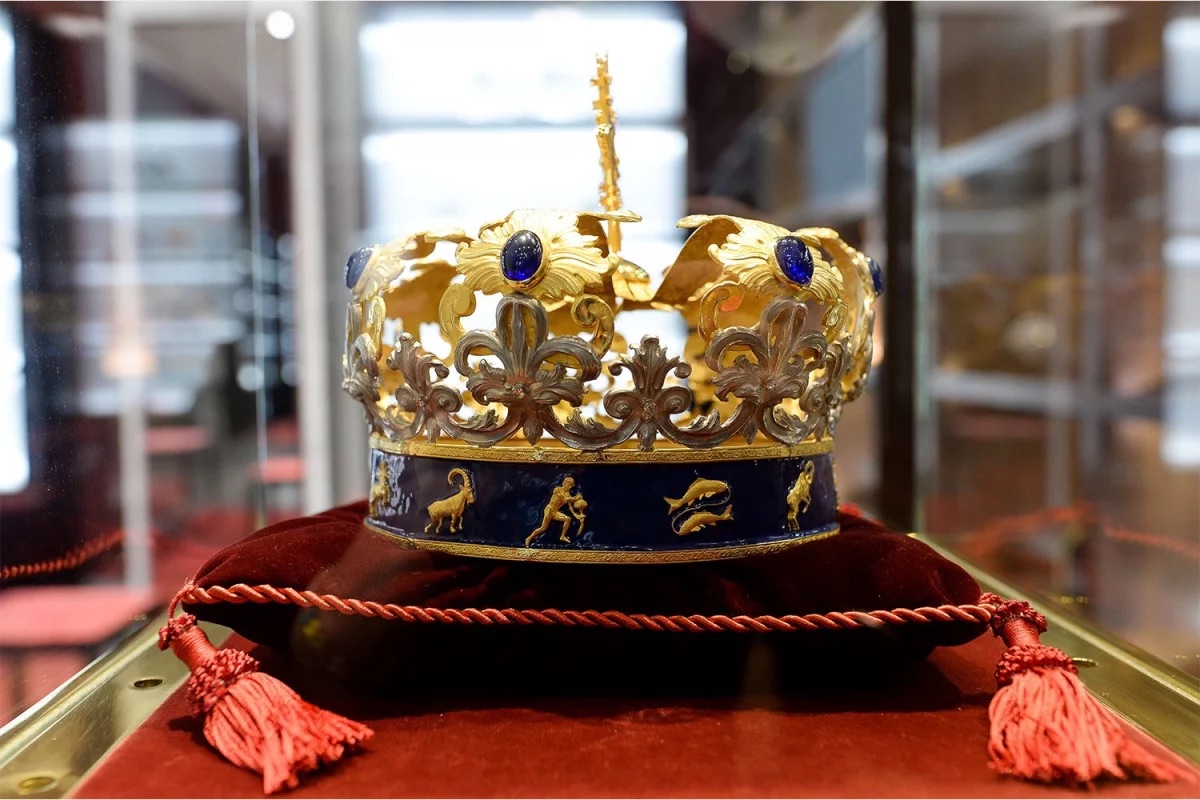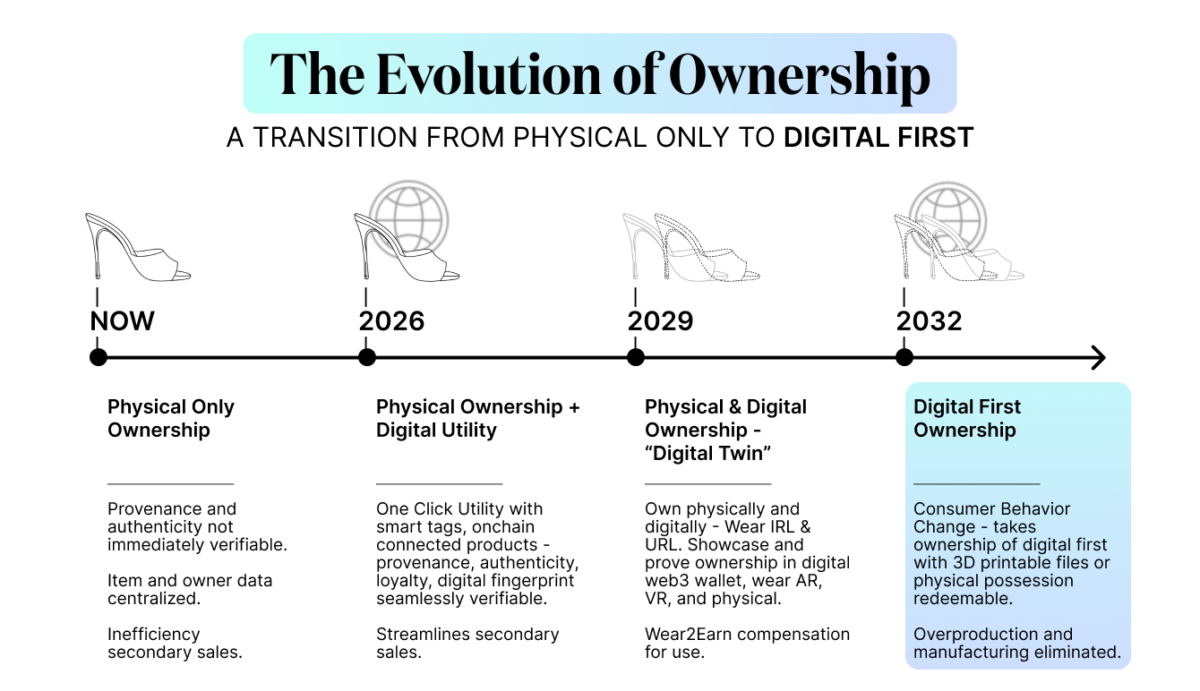Megan Kaspar on investing in digital fashion
Megan Kaspar, co-founder and CEO of FirstLight, is recognized as a savvy investor and trailblazer in the digital fashion space. In October 2021, she made headlines as the first person to show off NFT clothing during a video interview. Kaspar’s pioneering spirit also gave her a part in Haute Living’s Miami edition wearing a digital ensemble by luxury fashion brand Fendi.
Kaspar has been a crypto enthusiast from the beginning and is now a founding member of Red DAO, an organization focused on fashion and blockchain. She is a consistent investor in leading projects such as DressX, and supports the intersection of fashion and technology. Kaspar tirelessly champions the potential of the emerging movement and is committed to educating others about its possibilities.
As a 2023 NFT100 honoree, nft recently sat down with Kaspar to discuss her strategy when investing in digital fashion and her thoughts on the future of the space.
nft now: What is your investment mission or approach behind digital fashion?
Megan Kaspar: Tokenization of the world’s assets is happening over the next two decades. There are four use cases that are the north star of how I view the opportunity – not specifically how I invest, but the overall theme.
The first is sustainability. Since 1950, the consumption of things has increased 14 times. If the entire world’s population shared the lifestyle habits of today’s average American, we would require the equivalent of five Earths to accommodate us. Millennials, Gen Zs and Gen Alphas are massively contributing to the positive shift to dematerialization, spending more time and money on the digital reality.
The second is efficiency. We are better able to leverage consumer data through profiles, browsing history, abandoned carts, purchases and returns. Therefore, we can market the right products at the perfect time on the ideal channel. We are moving towards a model for no more overproduction. Using AI to better understand data would allow [marketing] to be more efficient, especially through more specific dedicated channels, like a wallet.
Third is personalization. Consumers are becoming more individualized and they want to be seen. There is a growing trend in micro collections. Clothes are produced on demand, which also contributes to no more overproduction. Gen Z and Gen Alpa’s identities are so rooted online; they want to express themselves in a hyperpersonal way. Platforms like the Mindbody app allow you to hyper-customize your gender. You can hyper-define and display in ways you cannot articulate or express physically.
Finally, disruptive business models. Data is the new oil. Web2 is marked with a customer/consumer model where you are limited in visibility by everything you own. Web3 is an ownership model where you own your assets, data and information and can be translated into a wear2earn economy. The Web2 consumer transitions to a Web3 owner.
nft now: What do you see as the role of digital fashion in the next cycle? What will it take for digital fashion to become mainstream?
MK: Capitalizing on early narratives is the easiest way to make 100x in crypto. Smart assets (real-world assets on chain) are one of five new trends I focus on the most, and the digital fashion sector will play a big role in the next innovation wave of Web3.
nft now: What is the vision and mission for Red DAO? What are you up to?
MK: Red DAO is the world’s first digital fashion, blockchain-agnostic-focused DAO. The goals of Red DAO are to participate and invest in the new narrative and opportunities surrounding fashion and clothing trends that are shifting towards dematerialization into digital metaverse wearables powered by blockchain technology.
So we invest and incubate in all verticals of digital blockchain fashion along with supporting, buying, collecting, archiving and investing in digital NFT garments in the emerging world of digital wearables and fashion. In particular, Red DAO collected three of the nine items from Collezione Genesi, the world’s first couture luxury NFT designer drop from Dolce & Gabbana, including the spectacular, one-of-a-kind Doge Crown (physical and digital), which to date is the highest valued couture fashion NFT that exists.

nft now: In the long term, to what extent will digital need to be accompanied by physical?
MK: Complete hardware disruption is a key factor in digital-first adoption, providing real-time perfected hyperrealism mixed reality AR. There will be a development of ownership from only physical to digital first.

nft now: How do you see the intersection between digital fashion and games?
MK: In web2 gaming you do not own the item; there is no use beyond aesthetics. In Web3 games, you own the item, and there are several usage models such as rental, stake for rewards and play2earn.
I look at everything through the lens of each generation and the evolution of technology (hardware and software; basic habits and belief systems programmed into the collective of each generation).
Millennials are the bridge between Gen Z and Gen Alpha, growing up with devices in hand, instantly on demand.
nft now: How do you prepare yourself personally and professionally for the metaverse?
MK: My journey in the blockchain ecosystem began in 2012 and since 2015 I have been anticipating this moment when we would see blockchain technology disrupt the fashion industry by offering new business models and monetization layers. Hardware device disruption is the key factor for a fully decentralized digital reality. Heads-down mobile smartphone to heads-up near-eye wearables and more wearables.
Want more NFT100 honoree interviews? Get the full list of everyone we spoke to here.


